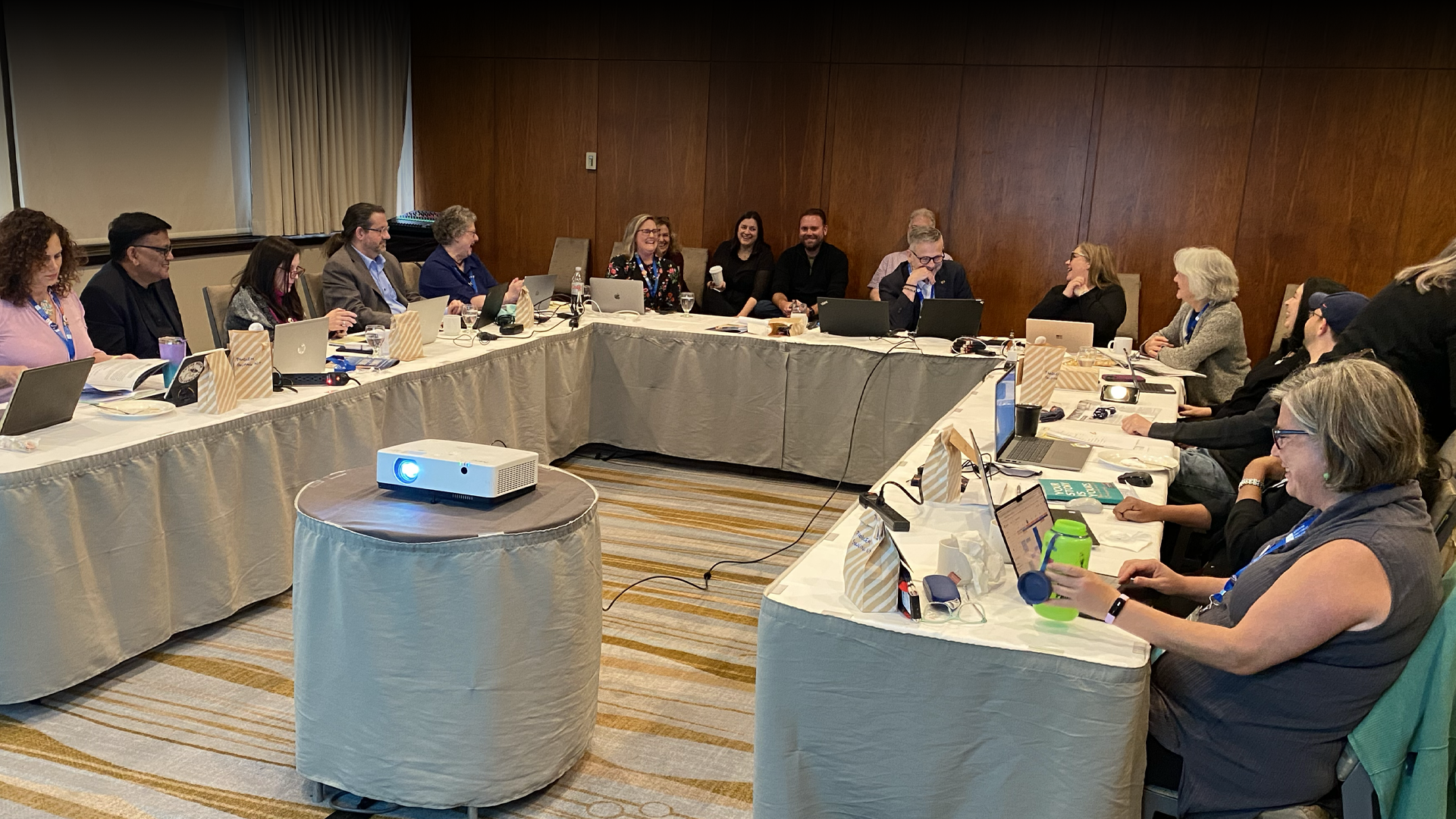Background and History
The IACP is celebrating 25 years of a commitment to fostering professional excellence in conflict resolution through Collaborative Practice. We have 2400 members from 23 countries around the world who are dedicated to educating the public about the Collaborative alternative for legal dispute resolution.
Read more below and peruse our website to learn about IACP, our services, and our initiatives.
The roots of Collaborative Practice...
The story of the International Academy of Collaborative Professionals begins with the founder of the Collaborative movement: Stu Webb, of Minneapolis, Minnesota. Stu practiced traditional family law for more than twenty years when, during the late 1980s, he became interested in mediation and alternate dispute resolution. Stu's challenge was to craft a way to bring the particular talent of lawyers as problem-solvers into a "settlement only" process for family law representation. What Stu envisioned was a model where lawyers could not, under any circumstances, go to court over any issue. Lacking court as a dispute-resolution option, lawyers would have no alternative but to rise to the challenge of solving the problem. From this insight, Collaborative Law was born.
In 1990, Stu announced to his clients and colleagues that he would no longer go to court; he would only represent clients in a participatory negotiation process aimed solely at creative settlements. If the process could not result in settlement, Stu would refer his clients to litigation counsel and withdraw from the matter.
Collaborative Lawyers and Mental Health Professionals soon join forces...
The interdisciplinary approach to divorce resolution developed on a parallel track. In 1992, California family psychologists Peggy Thompson and Rodney Nurse, along with a group of lawyers and financial professionals, were designing a model to work with divorcing couples in a supportive and constructive way. At about the same time and not far away, Nancy Ross, a licensed clinical social worker, began to work with a group of Santa Clara County lawyers to create a partnership between mental health professionals and Collaborative attorneys. Peggy's group was introduced to Collaborative Law through Pauline Tesler, and immediately found the concept to be an ideal fit for the model she was developing. A short time later, Nancy and Peggy met and together with members of their respective groups began to create the interdisciplinary Collaborative Practice concept.
In 1993, lawyers from San Mateo County learned of this new process from Minneapolis lawyers presenting the idea for the first time at a national conference. By early 1994, family lawyers in northern California had begun practicing Collaborative Law.
...and then there was the American Institute of Collaborative Professionals
As Collaborative Practice in its many forms began to develop in several areas of the San Francisco Bay Area, it became clear that Collaborative practitioners needed to work together to promote and improve the process. The concept was to share what they were learning, to explore the approaches that worked and those that did not, to share resources and to learn from one another’s practical experiences.
Pauline Tesler, Peggy Thompson, Nancy Ross, David Green and Karen Russell began to meet monthly in 1997. They were soon joined in 1998 by Gene Seltzer, Jennifer Jackson, Catherine Conner, Linda Seinturier and James Sheehy. Their vision was to form an umbrella networking organization to serve Collaborative Practice in its many forms.
Initially named the American Institute of Collaborative Professionals (AICP), the group's activities included local networking meetings, a newsletter meant to be a voice for the Collaborative movement (now known as The Collaborative Review) and an annual networking forum. AICP was incorporated in 1999 as a 501(c)(3) non-profit corporation.
...expanding beyond the United States
In May of 1999, the first annual AICP Networking Forum was held in Oakland, California. The following year, a meeting was held in Chicago to discuss the state of Collaborative legal practice across the country. The nearly 50 practitioners who attended this meeting agreed that AICP should serve as the umbrella organization for our rapidly-growing movement. At the same time, they recognized that since Collaborative Practice was also developing exponentially across Canada, the organization needed a broader, more inclusive name and mission. Thus, the International Academy of Collaborative Professionals was born in late 2000, officially changing its name in 2001.
What IACP has accomplished
The Collaborative Review has been published continuously since May 1999. The work begun by initial editors Jennifer Jackson and Pauline Tesler has grown into an in-depth, scholarly publication with contributors from around the world.
The scope of the annual Networking Forum has gradually expanded to include education, inspiration, dialogue, and opportunities for member feedback on IACP's initiatives.
IACP was at the forefront of the drafting of the Uniform Collaborative Law Act and supports communities seeking to enact it in their own jurisdictions.
The IACP has created standards for practitioners, trainers and Collaborative Practice training. It has promulgated ethical guidelines for practitioners, and continues to support excellence in Collaborative Practice through resources, practice tools, continuing education, and a comprehensive website, facilitating the tradition of Collaborative Practitioners sharing and learning from one another.

